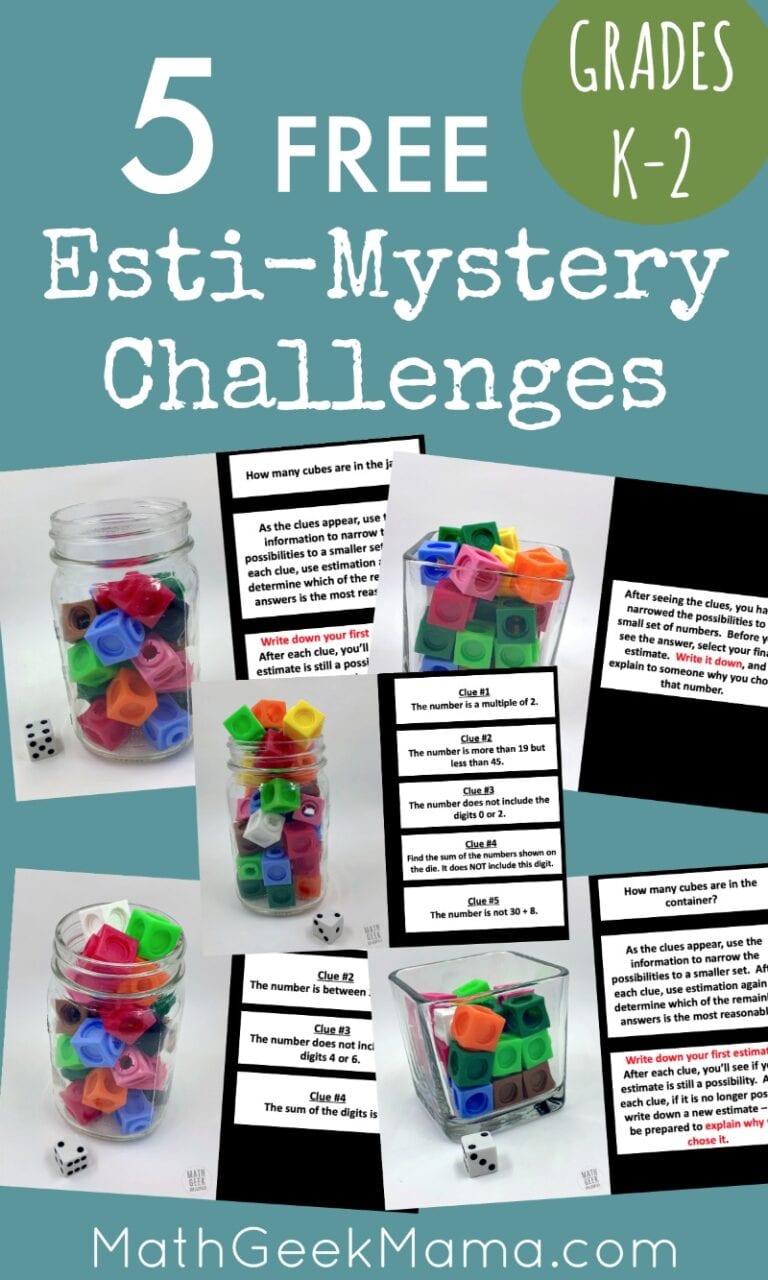Math Strategies: Problem Solving by Drawing a Picture
I am a very visual learner. Whenever I am facing a word problem of any kind, my initial reaction is to draw a picture. Even if it is a fairly simple problem and I think I already know how to solve it (or even already know the answer), I will almost always still draw a picture. but even if you don’t think of yourself as a “visual learner,” drawing pictures (or other visuals) is still one of the most powerful strategies. Brain research shows that when solving math problems, the ‘visual’ parts of our brain light up, even when we don’t draw a picture! So rest assured, problem solving by drawing a picture is helpful for any student!

–>Pssst! Do your kids need help making sense of and solving word problems? You might like this set of editable word problem solving templates! Use these with any grade level, for any type of word problem:
Solve Math Problems by Drawing a Picture:
Maybe I’m drawn to this strategy because I’m such a great artist…no, that’s definitely not it! I believe it is because seeing a visual representation of the problem can put things in perspective, help organize the information, and enable students to make connections that may not have been otherwise seen.
Because of the impact of visuals on our brain and our learning, this is an important and helpful problem solving strategy. Especially if you are stuck and don’t know where to go or what to do. Then you have nothing to lose, right?
When I was teaching high school, I would often encourage students to draw a picture when working on distance/rate/time problems.
It is very easy to get bogged down in all the details and numbers, especially if the problem includes unnecessary information (details that you don’t really need to know in order to solve it). Wading through everything you’re given and making sense of what’s important can be easier when you draw a picture!
It’s also incredibly important to draw a picture when working on geometry tasks, such as Pythagorean theorem problems or similar triangles and indirect measurement. Even if you know how to solve it without a picture, you will greatly increase you chances of a careless mistake if you don’t take the extra five seconds to draw a picture.
One important thing to remember, however, is that the picture does not need to be pretty. In fact, in some cases it may not even be a picture, just a visual representation of the information.
And that’s ok! The point is to help you solve the math problem, not to win an art award. (Thank goodness, because seriously, I’m no artist!).
If you would like to discuss this strategy with your students and help encourage them to use it when appropriate, I’ve created a short set of problems to do just that!
These word problems could be used with grades 2-4 and include a page that specifically states, “Draw a picture…” and then another page of problems were it would be useful to draw a picture, but it is not explicitly stated.
The goal is to get students used to organizing the information in a meaningful way to help them better think about and/or solve the problem.

{Click HERE to go to my shop and download the Problem Solving by Drawing a Picture Practice Problems !}
What do you think? Do you use this problem solving strategy or encourage your students to try it? Do you think it’s helpful?
Here are the other articles in this series on problem solving:












Thanks so much for your Math freebie. Drawing pictures is a great way to access student understanding.
Arlene
LMN Tree
Thanks Arlene! Yes, I agree! Students have to show what they know to be able to draw an appropriate picture and solve. Thanks for stopping by! 🙂